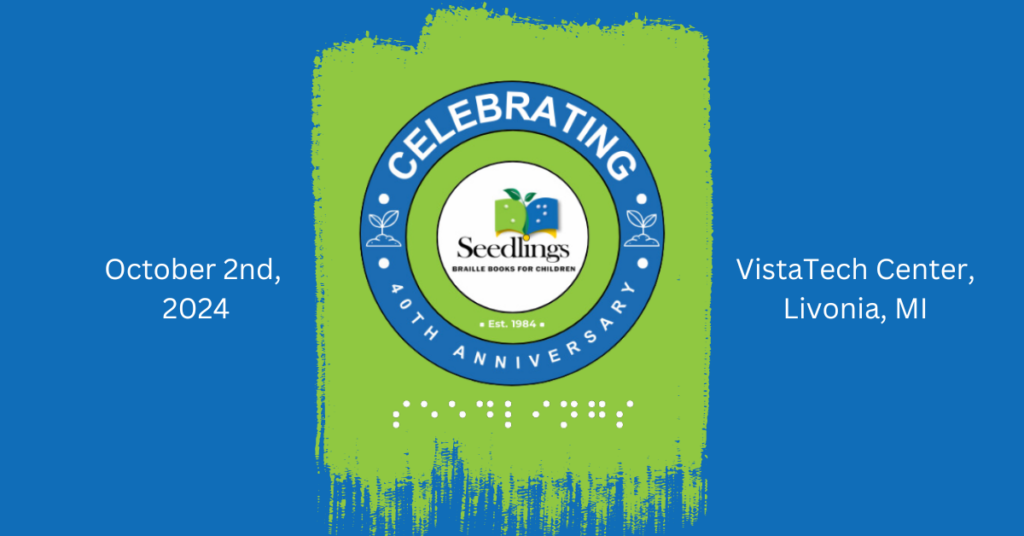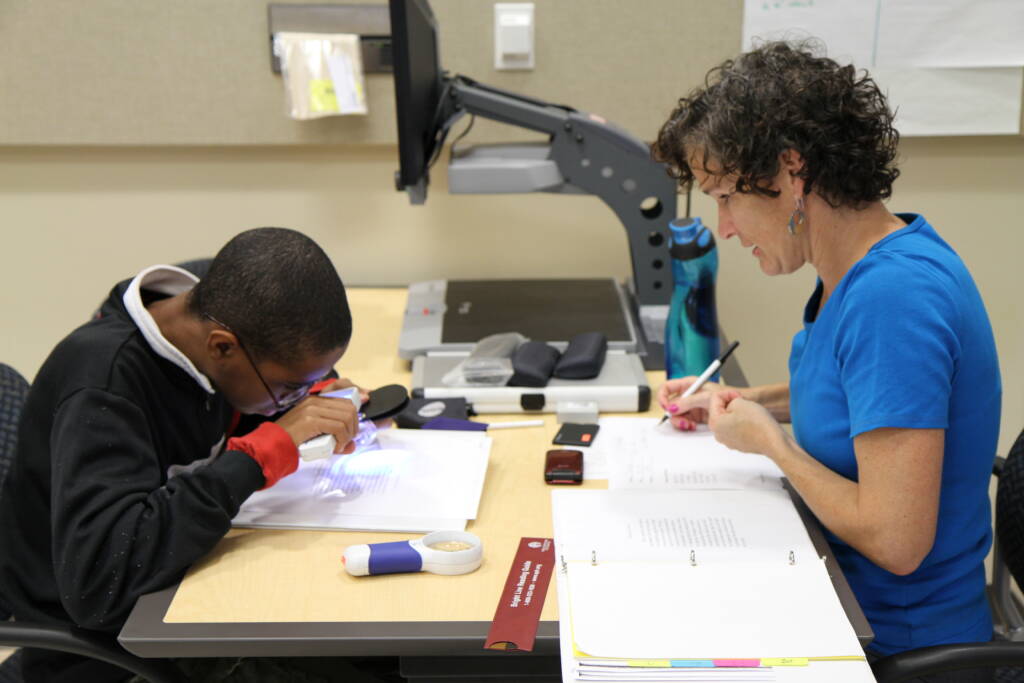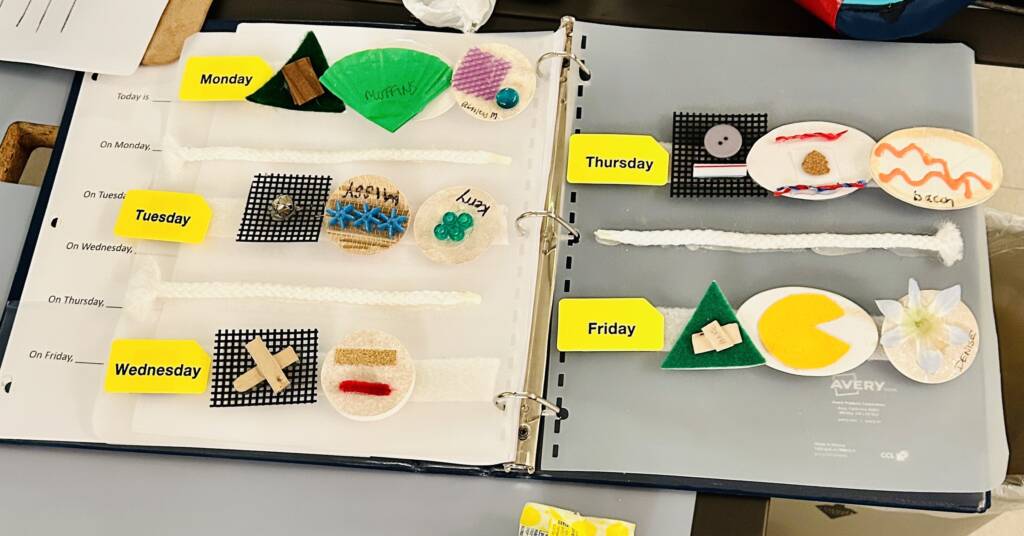Literacy happens throughout the day in both formal and informal ways. Create a literacy rich environment where children can observe print, braille and other formats in use, participate in routines and functional tasks, and communicate with others to develop literacy skills at home, at school, and in the community.
Strategies to promote literacy for children with blindness or visual impairment:
- Provide a variety of hands-on, meaningful experiences. Children learn best through real-world experiences in which they can have a direct, first-hand understanding of something and not just a verbal explanation.
- Talk about these experiences with the child beforehand, as well as while the experience is happening, and afterwards when you get home or with other people. Use words to label objects, people, and experiences that are appropriate to the child’s developmental level.
- Offer many opportunities for the child to explore and interact with a wide range of materials and real objects. This helps to compare size, shape, texture and other attributes, while also helping the child to develop basic concepts and an understanding of same and different.
- Encourage daily purposeful, fun movement activities to build gross motor and fine motor abilities. These are necessary precursors for many life skills, including the tactile discrimination needed for functional use of object and tactile symbols or braille.
- Support the child to interact with others in safe and comfortable environments. Playful experiences and exposure to others with reciprocal give and take helps to build the foundation for communication and social development.
- Create a literacy-rich environment, in which the child is aware that others are reading and writing.
- Provide accessible labels in the environment on the child’s chair, table, cubby and any location where print labels are found. These should be in the child’s preferred format (large print, braille, objects, tactile symbols). At home, label rooms in the house, light switches, controls on appliances, and other places where print is found. See Creating a Braille-Rich Environment at Home.
- Read aloud using stories and books that are interesting and appropriate for the child. Use real objects and personal experiences to increase understanding. Link to story boxes
- Determine what medium is best for an individual child through the Learning Media Assessment (LMA). This may be braille, print, dual media, auditory strategies, objects, symbols, or some combination.
- Provide books and literacy tools in a format that is accessible to the child.
What Reading Methods Are Used with Students with Visual Impairments?
There are a variety of methods that students with visual impairments use to read. Often a single student will use different strategies in particular settings or for specific materials or content. Just as an adult may use a computer for work, a smartphone for email, a pen or pencil for lists, and a book for leisure, individuals with visual impairments typically also use a range of devices and formats.
The first step in determining what approach will be the most effective for an individual student is a Learning Media Assessment (LMA). The LMA offers a framework for selecting appropriate literacy media for a student who is visually impaired. This includes braille, print, auditory strategies, dual media, auditory strategies, objects, and tactile symbols. It is important to update the LMA regularly as students learn and grow, to keep up with student development and literacy demands, as well as changes in technology.
Reading Strategies for Students with Visual Impairments
SET-BC (Special Education Technology British Columbia), a provincial resource program of the BC Ministry of Education, divides reading strategies for students with visual impairment into three main areas:
- Paper strategies, including print, magnification and braille;
- E-text strategies, including tracking, auditory support and refreshable braille;
- Auditory strategies, including readers and auditory books.
To learn more, see Reading Strategies for Students with Visual Impairments: A Classroom Teacher’s Guide.
It’s important to develop effective teaching strategies using evidence-based research. Research is on-going.



